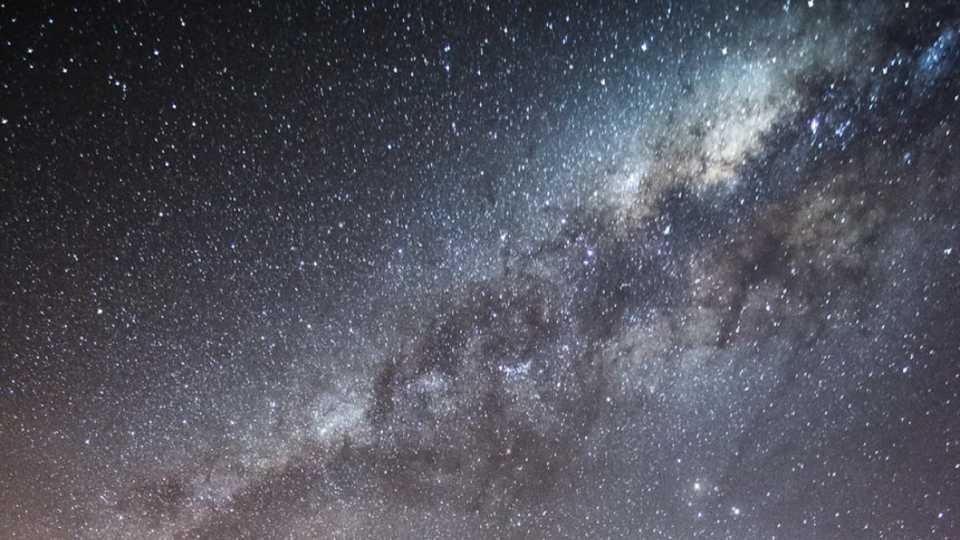In this activity students will:
- observe how different stars are visible at different times of the year.
- learn what stars are visible at the time of their birthday.
- discover the difference between their astrological “sign” and their birthday stars.

"Star" © 2014 Tom Hall
Constellations have been used for centuries for navigation and time keeping. In this interactive lesson, students will learn the difference between their sun sign and their birthday stars.
In this activity students will:
Have students write a story about the different constellations or study other people’s stories about the stars in the sky. You may also have students study star charts and make up their own constellations.
The word “zodiac” comes from zoo and literally means the “zoo in the sky” referring to the animals that make up the constellations. These specific constellations are in the area of the sky in which the sun, moon and planets appear to move. This area is called the “ecliptic” and is the projection of earth’s orbital plane into outer space. The band of the zodiac constellations are between eight degrees north and south of the orbital plane.
These constellations can be seen every year at the same time and were used by sailors for navigation and ancient peoples to track the passing of time. In this activity students will learn what their birthday stars are, which means that they will discover what stars are always present on their birthday.
Students who know their astrological signs may be confused as to why they don’t see that constellation in the sky on their birthday. So, is the zodiac set up backwards? No, your sign of the Zodiac is your “Sun sign”, meaning that your constellation is in the background when you look in the direction of the Sun on your birthday. If the Sun’s light were blocked you would be able to see it. If you are a Leo, we say, “the Sun is in Leo.”
When astrological signs were first defined, the Sun was “in” Aries at the Spring Equinox. Note from the diagram that the Sun is now between Pisces and Aquarius. This is due to the “wobble” of Earth’s rotation axis over thousands of years (precession). It means that the zodiac sign on your birthday no longer matches up with your sign as originally defined.
This lesson is adapted from the Kinesthetic Astronomy program developed by the Space Science Institute, 2004.
Image: "Star" by Tom Hall, licensed and modified under CC BY 2.0; originally sourced from https://www.flickr.com/photos/127665714@N08/15188916669
Fifth Grade
5-ESS1-2. Represent data in graphical displays to reveal patterns of daily changes in length and direction of shadows, day and night, and the seasonal appearance of some stars in the sky.